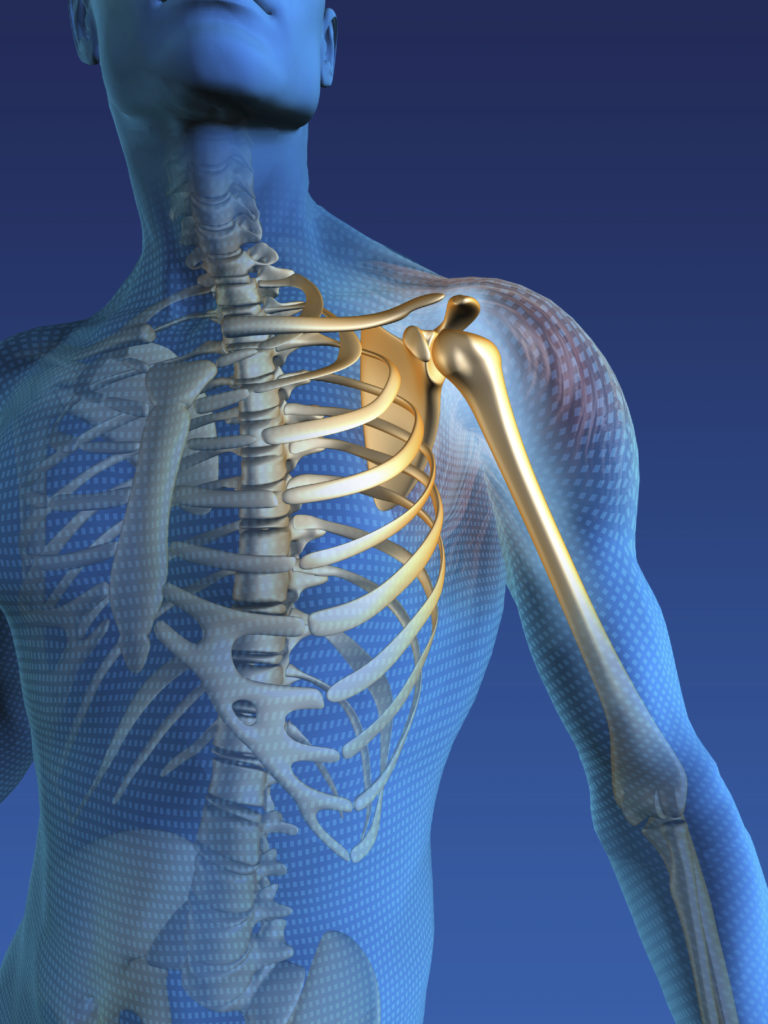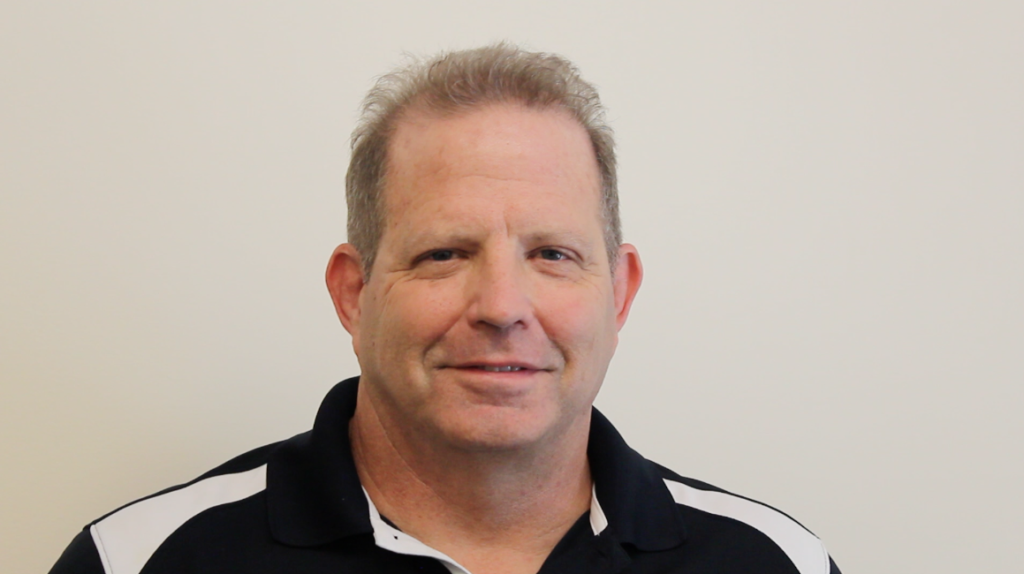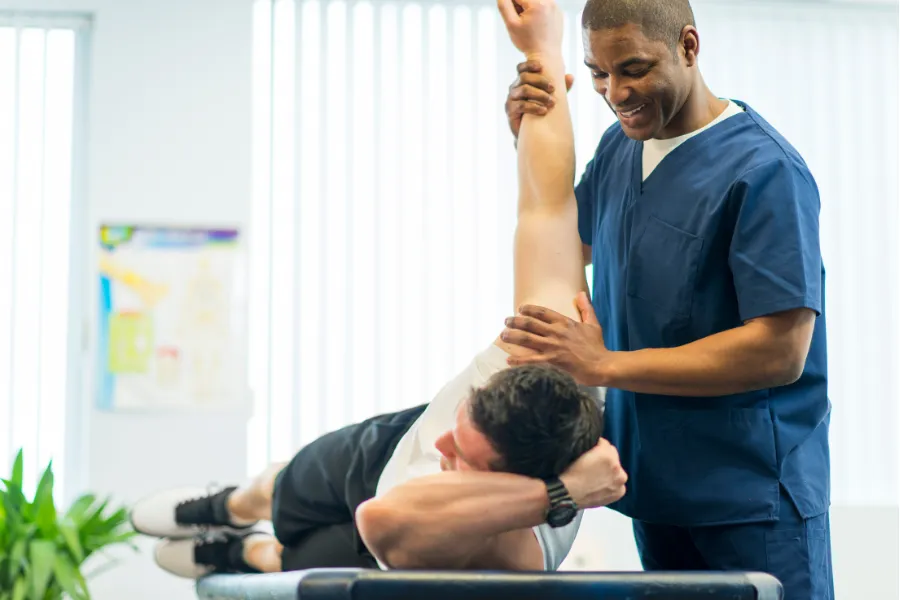Water Skiing Again After Recovery from a Shoulder Replacement
After Philip had his left shoulder replaced, he was undergoing physical therapy to regain strength and full range of motion when he heard the words no patient wants to hear from their therapist: “He said, ‘That’s all you’re going to get out of your shoulder,’” Philip recalls.When he had his other shoulder replaced, Philip was determined to get better results, so he changed his physical therapy clinic and scheduled his first appointment with Ability Rehabilitation.
“They have been great,” he says with a smile. “The greatest benefit I received is that I’ve now got full range of motion, and I don’t have a lot of pain. I was able to barefoot waterski just three months after my surgery.”
What is a Total Shoulder Replacement For?
 When people experience severe chronic pain and very limited mobility in the shoulder joint, either from arthritis or as a result of a severe fracture, their solution may lie in shoulder replacement surgery, also called shoulder arthroplasty.
When people experience severe chronic pain and very limited mobility in the shoulder joint, either from arthritis or as a result of a severe fracture, their solution may lie in shoulder replacement surgery, also called shoulder arthroplasty.
Arthritis can be instigated by breaks, natural wear and tear, torn tissues or rotator cuff tendons, and rheumatoid disease. Arthritis appears when the cartilage has been completely eroded and bone grinds on bone inside the joint.
According to the Agency for Healthcare Research and Quality, 53,000 people in the U.S. have shoulder replacement surgery annually. This number is relatively low compared to the more than 900,000 Americans who undergo knee and hip replacement surgery per year.
“I have a lot less pain at night when I’m sleeping now,” Philip says. “I’m able to roll over on my side, and I don’t get a lot of aching and steady pain that I used to get in my back and my trapezoid areas. I’m able to strengthen the shoulder, and life is a lot better.”
What is Total Shoulder Replacement Surgery and How is it Performed?
In total shoulder replacement surgery, artificial joint components are inserted to take the place of the bones in the shoulder joint. The shoulder joint is made up of a ball (the rounded end of the arm bone) and socket (the opening at the end shoulder blade). The ball-joint allows for the arm to move in almost any direction.
During total shoulder replacement (sometimes called total shoulder arthroplasty), the rounded limit of the humerus is interchanged with an artificial stem containing a rounded, polished metal head at its extremity. The stem is placed down into the shaft of the arm bone. Cement may be employed to secure the stem in place. Then, a plastic shell-like socket component is implanted with bone cement into the socket (or glenoid) portion of the shoulder blade.
Complete shoulder arthroplasty usually takes around three hours, including the time for administering anesthesia.
What is the Recovery Process for Total Shoulder Replacement?
After surgery, patients will spend time in the hospital recovering. Their arm may be held by a brace, but can be removed to engage in light therapy. Patients may be given antibiotics in order to prevent infection, and pain medication to manage post-operative discomfort.
 Surgeons will often underscore the point that surgery is just the first step to complete recovery and full functioning; and physical therapy is required to maximize results of total shoulder surgery while offering the best chance for a complete recovery.
Surgeons will often underscore the point that surgery is just the first step to complete recovery and full functioning; and physical therapy is required to maximize results of total shoulder surgery while offering the best chance for a complete recovery.
“Jill worked with me and I was able to get an amazing result and more range of motion out of my left shoulder,” says Philip.
During the first six weeks of recovery, the surgeon may recommend very limited activity accompanied by a gentle stretching program administered by a physical therapist, including exercises to be performed at home. From there, a more vigorous and extensive rehab program can begin.
“I was easily able to schedule appointments,” says Philip. “They really worked with my schedule and were very efficient. It was funny, as you get stretched, you do feel a little bit of pain here and there, but they keep the conversation going, you don’t really even notice it and the results are amazing. I was able to get back to full strength in three months, and a release from my doctor.”
Results of a Total Shoulder Replacement
Total shoulder replacement surgery normally alleviates pain and stiffness for the majority of patients; most of whom are able to return to their daily activities, including resuming sports such as golf, swimming, and working in the garden.

After having his first shoulder done, Philip didn’t hesitate when it came time to replace the other, but he made sure to visit Ability Rehabilitation to get the most out of his therapy sessions. “When I had my right shoulder done, it just made sense to come here first, get it baselined, and that one went even better, amazing.”
“I noticed a lot of athletes come here,” Philips concludes. “I even referred a friend from work; and whether you have a simple problem or total shoulder replacement like I did, they have the expertise and knowledge, and I see the results.”



